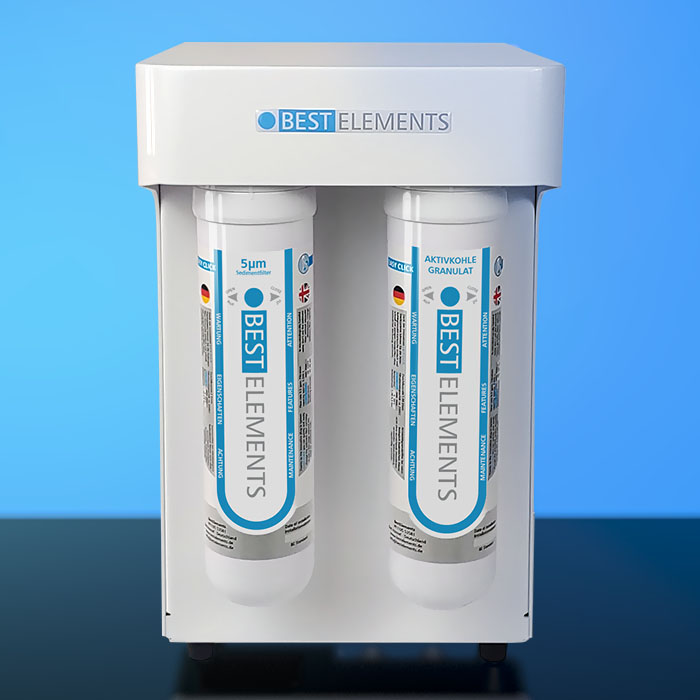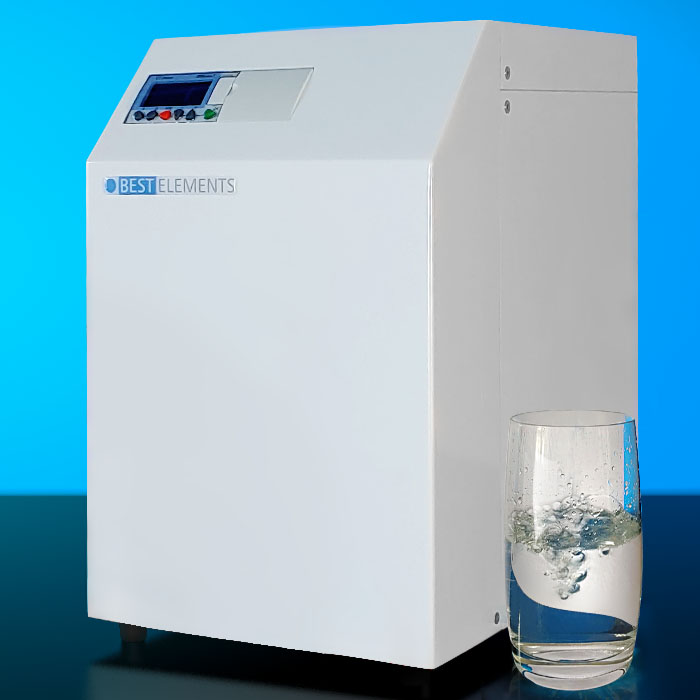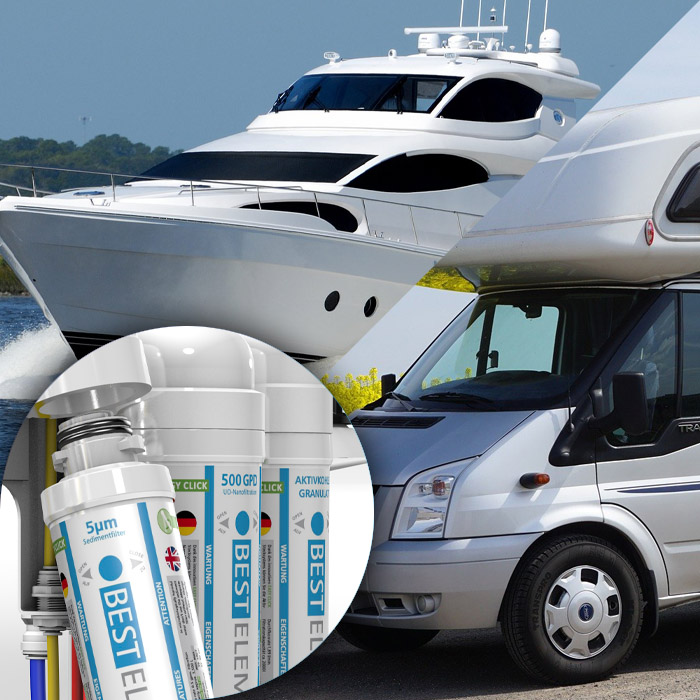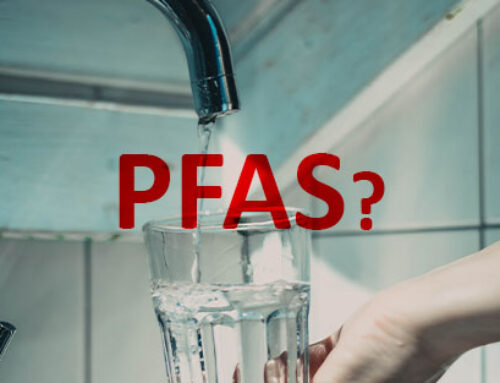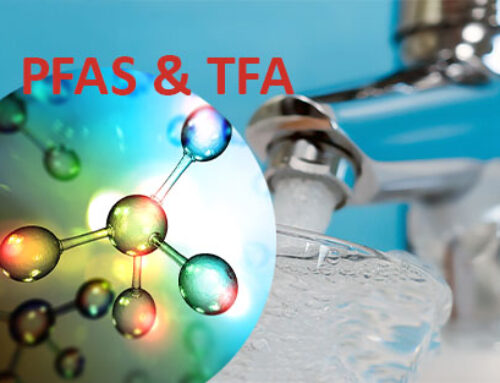According to the Drinking Water Ordinance, tap water is examined for approx. 40-50 substances. This means that our drinking water is generally regarded as a very well-controlled food. These tests often reveal contamination and so drinking water alarms and decoctions are issued for regions and cities. Bacterial contamination often plays a role, and in many cases an attempt is made to solve the problem with chlorine.
A terrifying drinking water balance here in Germany too
This happens solely through the substances that have to be examined by law. However, many times more substances are dissolved in the water. Some sources speak of 1000-2000 substances. More and more substances and substance compounds get into the water cycle through industry and households and can be removed less and less by sewage treatment plants. The consumption of medication is increasing rapidly, but active pharmaceutical ingredients are not completely metabolized in our bodies but enter the water cycle through excretions. This explains that in addition to germs, bacteria and viruses, industrial chemicals and PFT contaminants, microplastics, heavy metals such as lead, mercury, arsenic, cadmium, nitrates from manure fertilization, pesticides, herbicides and other pesticides, drug residues, antibiotics, hormones and even drug residues are increasingly detectable in drinking water.
The Federal Environment Agency recommends that drinking water that has stagnated (stood) in the drinking water installation for more than four hours should not be used to prepare food and drinks. Switching to bottled water only helps to a limited extent. Legally fewer substances have to be examined and there is often talk of contamination in bottled water – not to mention bisphenols in PET plastic bottles.
Solution: drinking water filters at home and in office kitchens
Reverse osmosis technology is the only reliable way to remove the above-mentioned contaminants. Osmosis is a natural process that takes place permanently in nature, just like our body cells. You can imagine it like a sieve: water molecules are naturally the smallest elements, impurities are larger and are separated from the ultrapure water. Another special feature of this filter technology: the impurities do not remain in the filter device but are carried outside with the waste water.
Sustainable, fast and thorough drinking water filtering
This latest BestElements filter generation of direct flow reverse osmosis is based on decades of experience in German filter device development. The filter devices are characterized by high efficiency and very high purity of the filtered drinking water. A water tank for temporary storage is not required – this minimizes maintenance and increases the enjoyment of fresh drinking water. The water production achieved is above average and the pure water / wastewater ratio is very economical.
specific performance features depending on the model
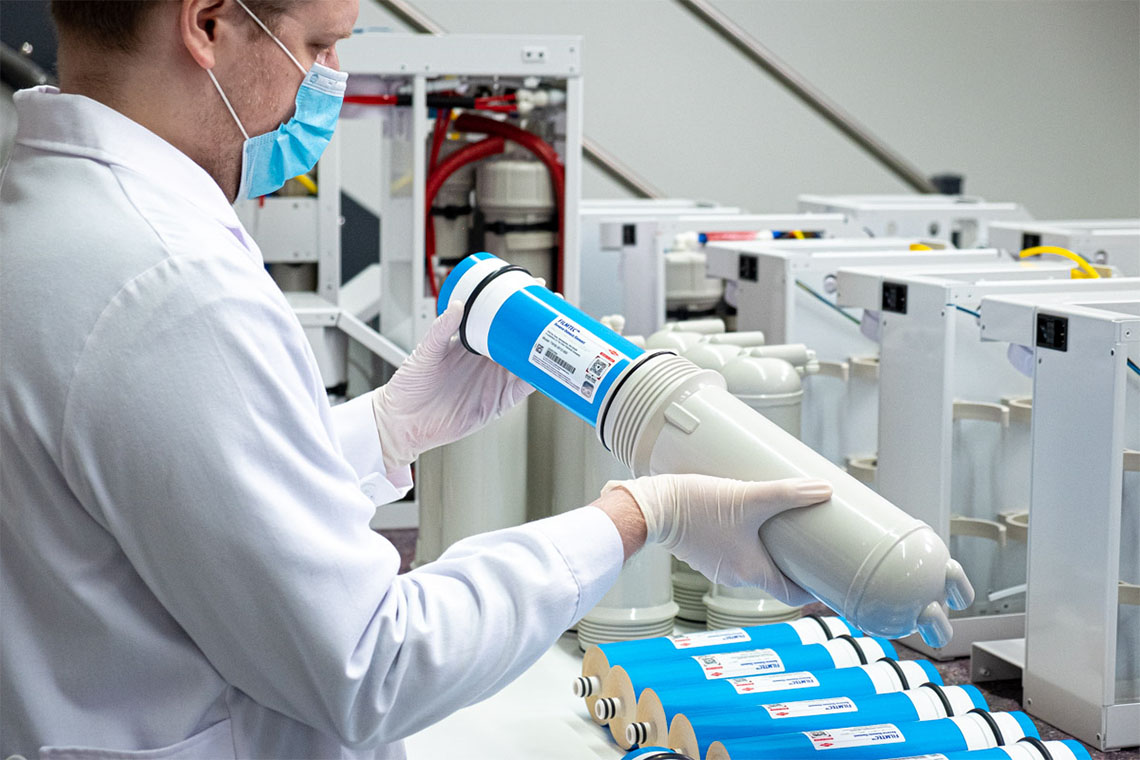
Sources
- Umwelt Bundesamt umweltbundesamt.de/umwelttipps-fuer-den-alltag/essen-trinken/trinkwasser
- Arzneimittelrückstände, Antibiotika, Hormone, Wirkstoffe im Wasserkreislauf
umweltbundesamt.de/themen/wasser/wasserrecht/grundwasserrecht - Industriechemikalien, PFT-Verunreinigungen
bund-nrw.de/themen_und_projekte/wasser/pft_skandal/ - Keime, Bakterien und Viren, E.coli-Bakterien-Meldungen. Auf Viren, Parasiten keine Tests.
wdr.de/fernsehen/wissen/quarks/sendungen/sbtrinken142.html - Pestizide Herbizide Pflanzenschutzmittel, Nitrate aus Gülledüngung, Wirkstoffe im Wasserkreislauf
umweltbundesamt.de/themen/wasser/wasserrecht/grundwasserrecht - Medikamentenreste im Wasser, Menge von Arzneimittelrückständen steigen, die im Trinkwasser landen, Medikamente verunreinigen unser Trinkwasser – und die Belastung wird weiter wachsen. 269 Arzneimittelwirkstoffe in der Umwelt nachgewiesen.
focus.de/gesundheit/news/in-der-toilette-runtergespuelt-stadtwerke-warnen-vor-zunahme-der-medikamentenreste-im-wasser_id_7545301.html, focus.de/wissen/natur/umweltverschmutzung-medikamente-verunreinigen-unser-trinkwasser-und-die-belastung-wird-weiter-wachsen_id_11841731.html - Drogenrückstände, Abwasser in mehr als 60 Großstädten: Ergebnis erschreckend
bild.de/regional/dresden/crystal-meth/so-drogenverseucht-ist-unsere-kanalisation-49322788.bild.html - Mikroplastik in Nahrung Wasser Atemluft, 81.000 und 212.000 Mikroplastik-Partikel pro Tag
oekotest.de/essen-trinken/Mikroplastik-Studie-Erwachsene-nehmen-jaehrlich-bis-zu-212-000-Partikel-auf-_10695_1.html - Schwermetalle: Blei, Quecksilber, Arsen, Cadmium… Veraltete Rohrleitungen im Haus
- Hormonähnliche Stoffe in PET-Flaschen Pestizide und Plastikflaschen
spiegel.de/gesundheit/ernaehrung/plastikflaschen-und-pestizide-welches-wasser-ist-gesund-a-983383.html


